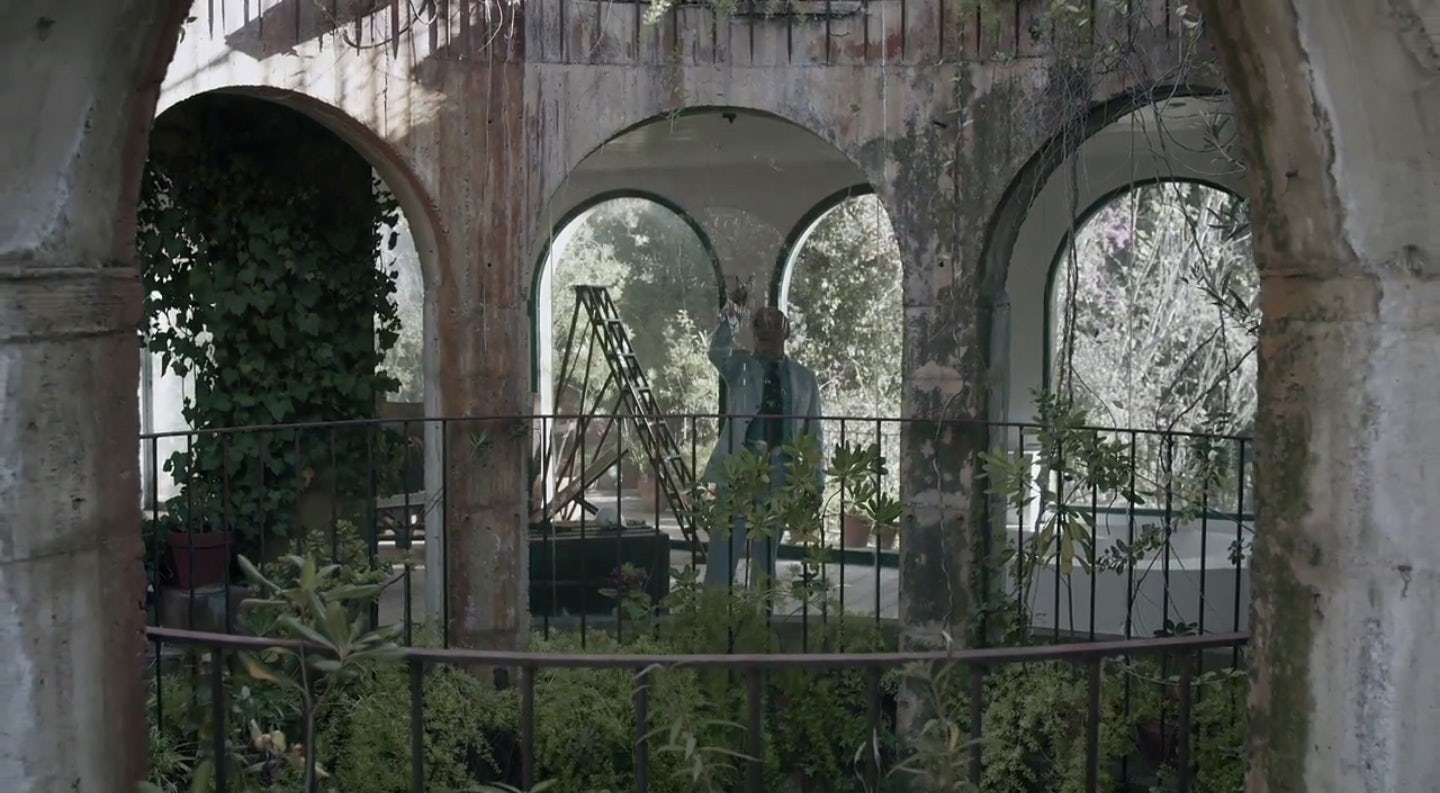Revisiting NOWNESS’s special series “In Residence” leads us to Xavier Corbero’s maze-like house. The Catalan sculptor’s home in Esplugues de Llobregat, a town on the outskirts of Barcelona, is a treasure cove of art and antiques. Among objects of all kinds, his sculptures stand tall, as they do in many museums around the world.
Xavier Corbero expresses his desire to build something new of the sculptures, buildings and spaces that surround him: “The outcome of what I do has to be poetry, which I believe is the measure of all things.”
The film by Albert Moya delightfully frames individual rooms throughout the house, interpreting the artist in his home. “When I get home, I am so exhausted that I can’t see a thing,” says Corbero. “So I just sleep. I sleep well and then when I wake up I get a kind of surprise because I see something that I have not seen before.”
His collection of objects, dispersed throughout the building, are sculptural forms with or without function that inhabit the space and give it personal meaning. To Corbero, his home strives to be “a place in which the mental space — not the real one — is what matters.”

“For me, a house is like an agenda,” he continues. “And here, every object has its own personal story.” Corbero also uses his living quarters as a record of all the art he has made and the creative processes he reflects upon to reach the final forms of his art.

Corbero delights in the natural details that emerge in the space of his home, such as the games of light on walls and objects and the way that sound travels and reverberates between rooms. “In my experience, when you choose the right scale, music sounds beautiful,” he says. This observation applies to his sculptures as much as it does to the larger scale of his home, where rooms are organized to serve their best uses.
“I always consider things in themselves, so this room is not designed like this so that big meetings can take place,” Corbero explains. “It is conceived to remain exactly as it is; and maybe to lodge a sculpture or some furniture or something that looks better in here. It possesses utility in itself, not a defining function.”

In a corner of the gigantic home, a circular courtyard with octagonal windows creates a sort of kaleidoscope to gaze out at the sky. Corbero enjoys watching the reflections of this architectural element travel through the house. “At times, [they] produce a highly poetic set of light beams.”

You can visit NOWNESS for videos on global arts and culture and make sure to follow Architizer’s Video series for coverage of architectural films coming from various channels and partners.




